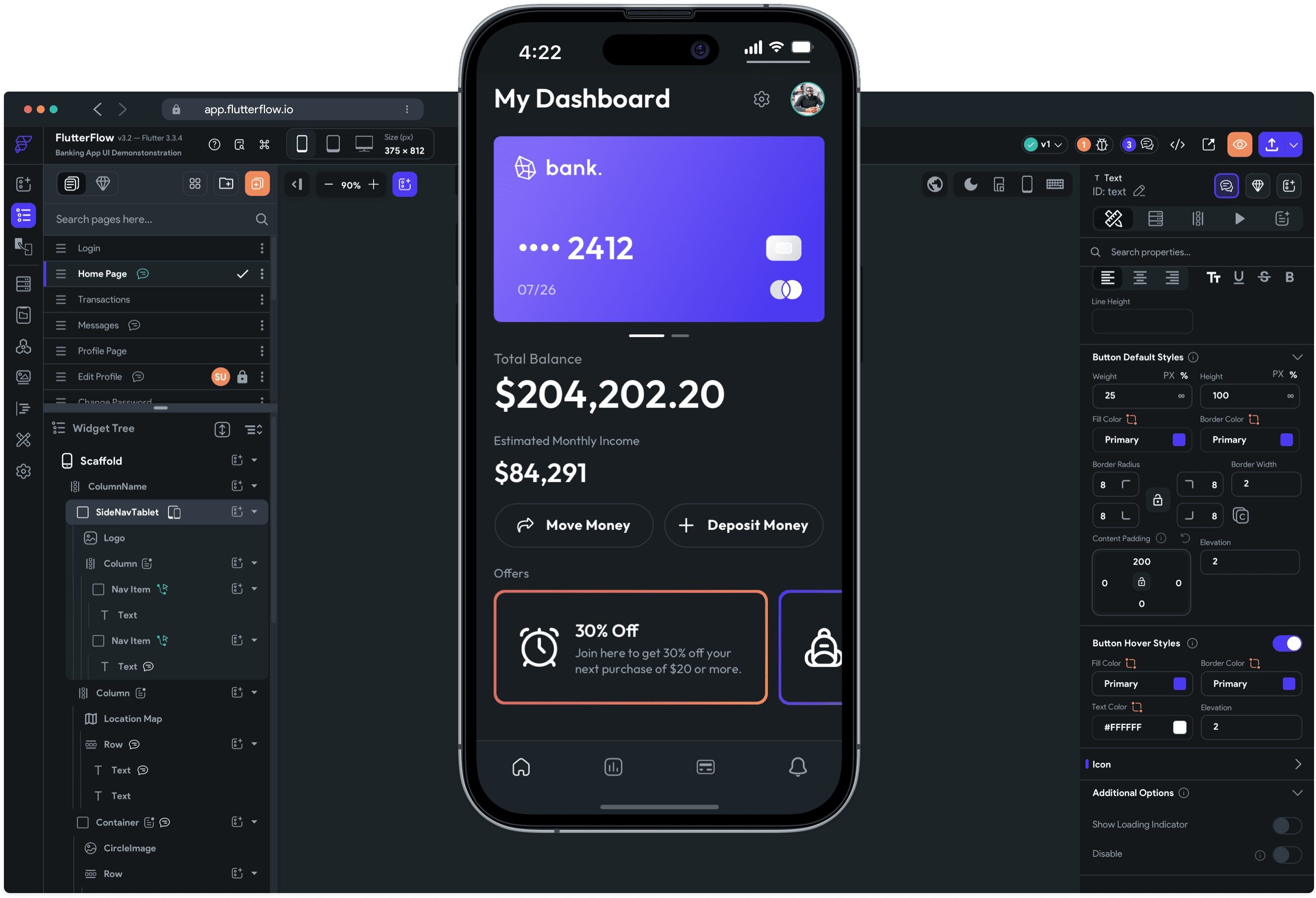A recent survey conducted by Battery Ventures has revealed shifting trends in the software market that may pose challenges for startups looking to establish themselves in the enterprise sector. The survey, which involved 100 C-suite leaders from companies with around $35 billion in annual IT spend, indicates a decline in contract approval timelines and a diminishing focus on cutting Software as a Service (SaaS) expenses.
Key Takeaway
The changing software market is posing challenges for startups trying to establish themselves in the enterprise sector. The traditional bottom-up sales approach, which involves starting with individual users and expanding to larger customers, may no longer be as effective. Startups need to adapt to the evolving market dynamics to succeed in selling their software solutions.
While this data suggests that the overall software market is stabilizing, it also highlights increasing pressure on the bottom-up growth approach used by startups to sell to larger customers. Bottom-up sales involve initially targeting individual users, then expanding to teams and eventually the entire organization. This approach has been instrumental for smaller companies in securing lucrative accounts. However, the Battery survey suggests that this sales method may be becoming more challenging for startups.
The pandemic accelerated the adoption of the bottom-up sales approach, making it a hot topic in the tech industry. However, as with many trends that emerged during the pandemic, the market dynamics are now shifting. The path to selling software through individual users and scaling up within organizations may no longer be as wide open as it once was.
In the past, developers often had the freedom to choose the software solutions they preferred, particularly for testing purposes. This created an opportunity for B2B startups to offer their software to developers and then reach out to their bosses to secure organization-wide contracts. However, this pathway may be closing up as organizations become more cautious in their software purchasing decisions.

























